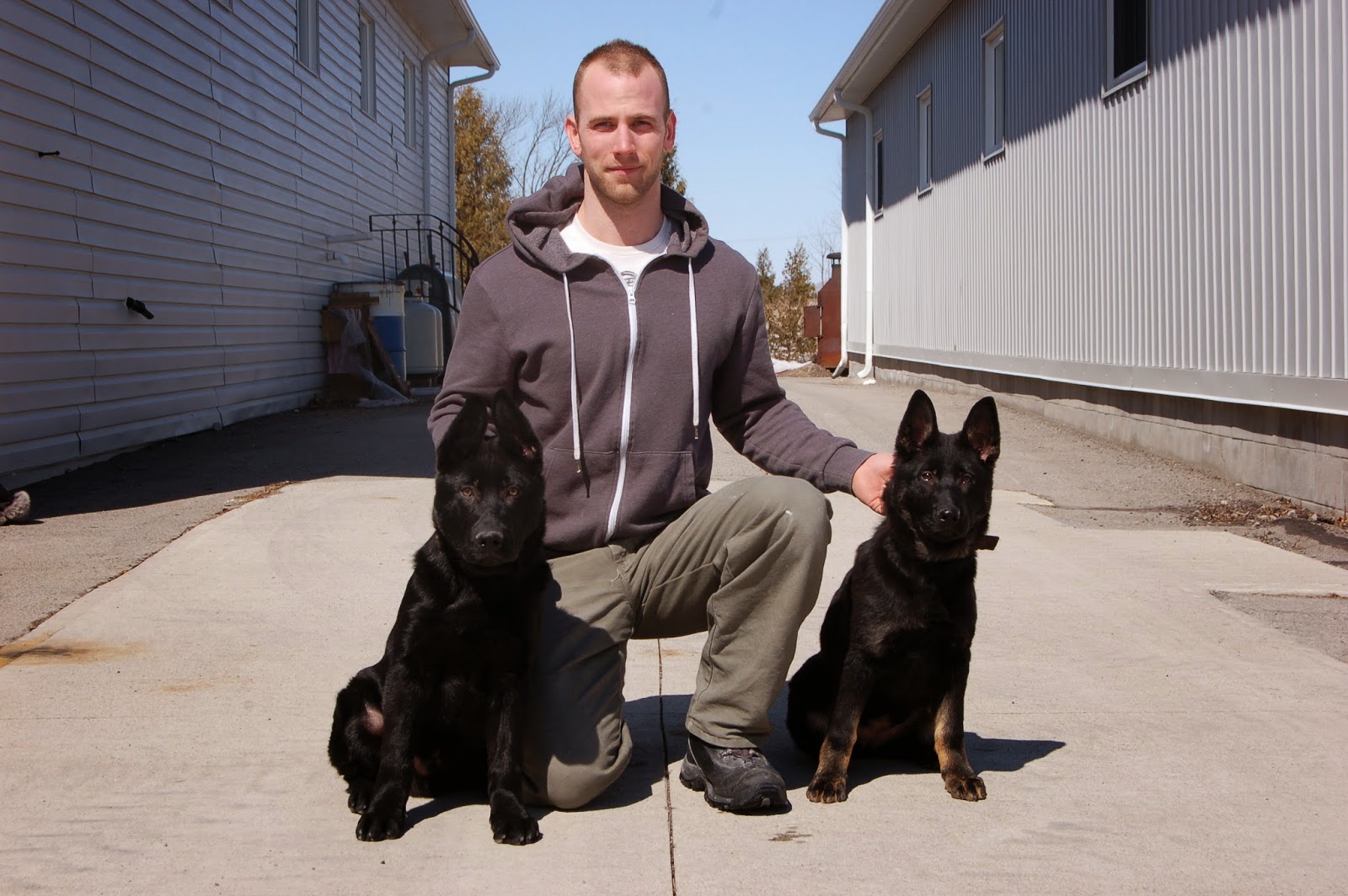 The world as we know it today is a dangerous place. Crime levels are soaring and in particular property crime statistics including burglary means it's hard to feel safe in our own homes. But if your home is your castle where you retreat from the strains and stresses of the world around you, you need to feel secure, and more importantly, you need to make sure you don’t become a crime statistic.
The world as we know it today is a dangerous place. Crime levels are soaring and in particular property crime statistics including burglary means it's hard to feel safe in our own homes. But if your home is your castle where you retreat from the strains and stresses of the world around you, you need to feel secure, and more importantly, you need to make sure you don’t become a crime statistic.
And fair enough, all homeowners take certain precautions to make their home less of a target for criminals. Some make their home look like someone is in it at all times. Some fit doors and windows with high security locks. Some even go as far as investing in a bunch of hi-tech gadgets including fancy alarm systems, CCTV and electronic access control systems to make it as hard as possible for outsiders to gain entry into their property. The truth is: These are all viable security solutions but nothing beats the very real, very visible and very effective deterrent that a protection dog can be. Protection dogs also offer the unique advantage of not only detecting disturbance but also acting upon it, selflessly defending their charge against potential threats and assailants.
If you are in the market for a protection dog, you probably have a lot of questions. Let’s answer some of them. Perhaps the most important question is the following:
- Why do I need a protection dog?
An extension of the above, a protection dog can provide you with the greatest peace of mind. If you have been a victim of burglary or you have a neighbor or acquaintance who has been a victim, you would know that having your home invaded can be deeply upsetting. A protection dog is very real deterrent for criminals with the right confidence and skill set to defend your home and family against cunning crooks should they somehow gain access to your property. In essence, a protection dog is at the same time the best companion you can hope for and a sword by your side.
Other pertinent questions include:
- How do I choose a protection dog?
Not all protection dogs are trained equal, and not all breeds share the same characteristics. If you are thinking about getting a protection dog, dog breed is an important consideration. Individual dog breeds can be compared to one another in terms of size, trainability, barking level and grooming needs among other things. The German Shepherd, for instance, is an energetic, strong, confident and smart well-muscled animal. These big guys were born to work and therefore require lots of mental and physical exercise. They also have a very good ability to assimilate and retain training. Another dog breed that makes the perfect loyal companion and protection dog is the Belgian Malinois. A high-energy worker and well-muscled animal that’s more elegant than bulky, the Belgian Malinois has long been used as both a police and military working dog.
- Does personality and temperament matter?
Depending on your lifestyle, one dog breed may make more sense for you than another. In particular, you need to consider how similar and different you are to your favorite dog breed in terms of energy, cleanliness, sociability, independence, trainability and playfulness.
- Can I trust a protection dog around my children?
In Dogdom, aggression is not the preferred course of action. Dogs only feel inclined to attack each other and humans alike if they feel a threat to themselves, their pack, or their territory. If you choose a well-bred dog, the animal will not be a problem around kids. The key is early socialization and exposure in order for the canine to fit in our home and world better. A well trained dog can go on to become your child’s best friend and most loyal companion, developing a very special bond over time. Supervision, of course, is important.
- What kind of training do protection dogs need? What else do I need to know?
And finally, getting a protection dog comes with certain responsibilities. For instance, the canine needs to be expertly trained using a combination of communication, direction and correction training to develop the confidence and right skill set to be an integral part of your family as well as a weapon by your side to defend your home, business and/or loved ones against criminals and cunning crooks. Protection dogs also require care in terms of nutrition and feeding, coat and grooming, exercise as well as veterinary and health care.
For more information go to www.ccprotectiondogs.com








